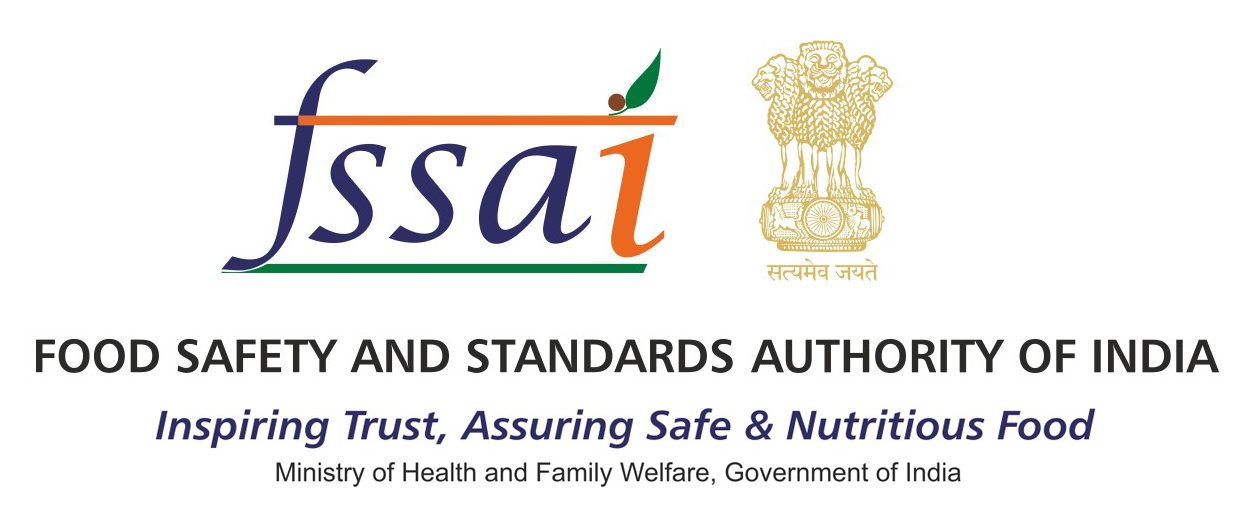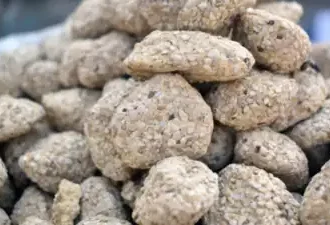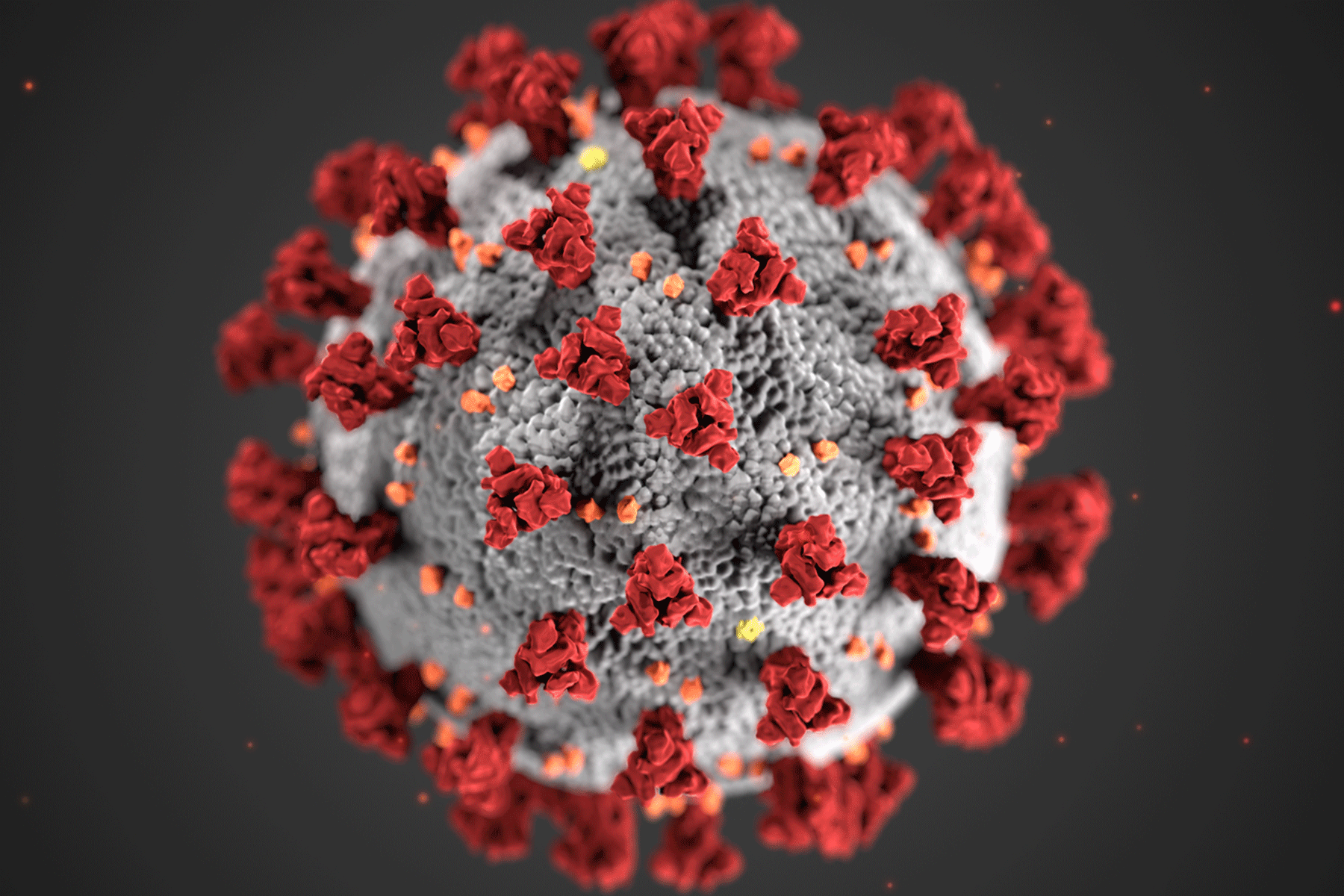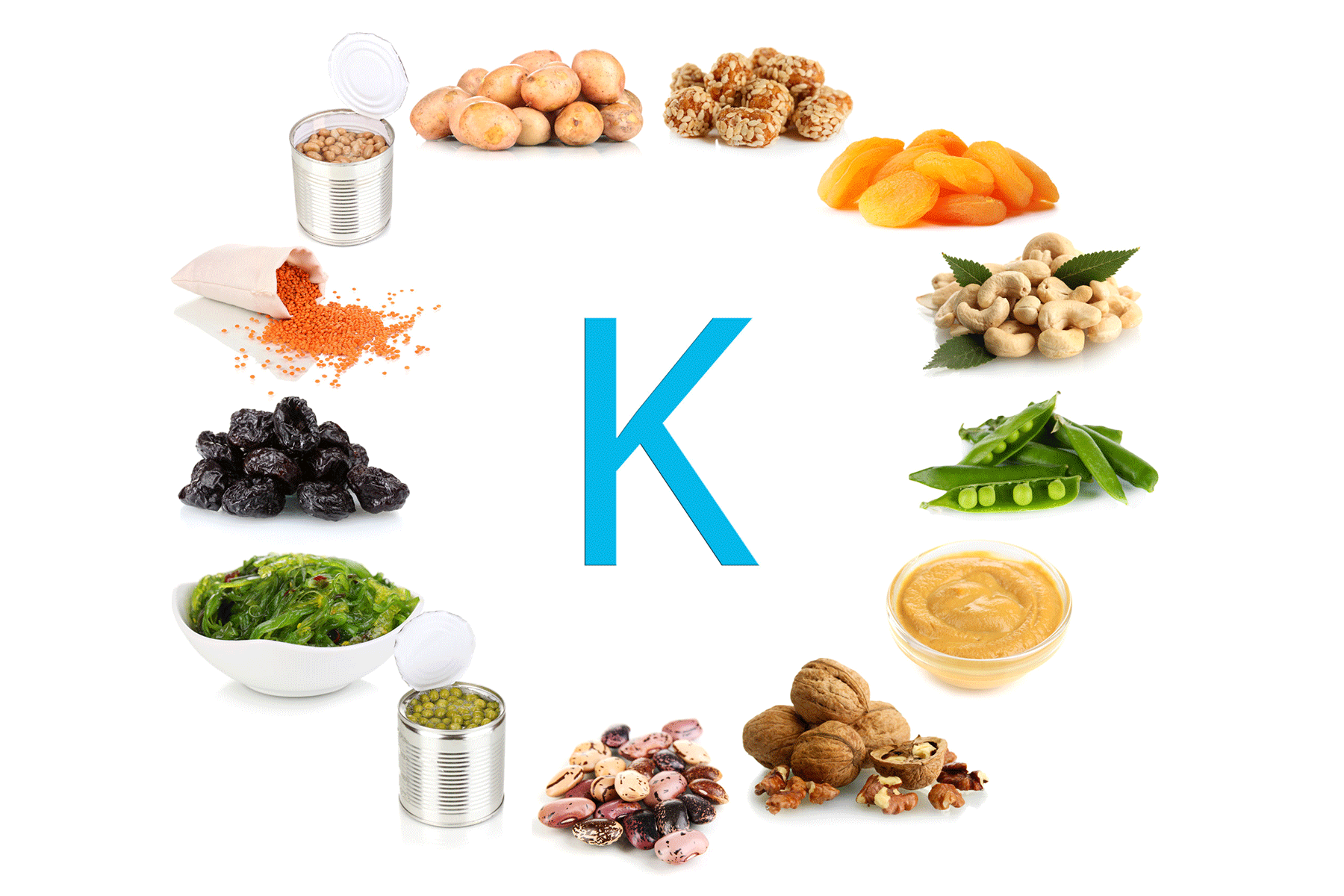 Food Manifest
Food Manifest
The house of resource for food safety.
Blog 1 Column Left Sidebar
- Home
- Blog 1 Column Left Sidebar
Latest Posts
-
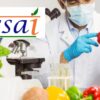
FSSAI Suspends Four Notified Food Testing Labs
- A to Z
- November 15, 2025
-

New FSSAI Draft Pushes for Compulsory Standard Drink Labelling
- A to Z
- November 15, 2025
-
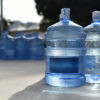
Bitter Bubble-Top Water Alarms Puducherry Residents
- A to Z
- November 15, 2025
-

-
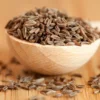
Cumin Under Scrutiny: Experts Warn of Rising Adulteration in Jeera
- A to Z
- November 13, 2025
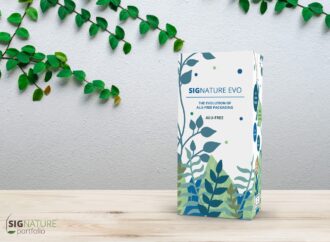
SIG Launches World’s First 1-Litre Aluminium-Free Aseptic Carton0
- A to Z, Food Hygiene, Food Safety, General, Health & Wellness, News
- July 25, 2025
Key Development SIG Combibloc Group, a global leader in aseptic packaging solutions, has unveiled the world’s first 1-litre aseptic carton aluminium-free, using its breakthrough Terra alu-free full-barrier material. This innovation eliminates aluminium while maintaining full product protection, marking a major step toward sustainable packaging. German retailer ALDI is the first to adopt the format, offering
READ MORE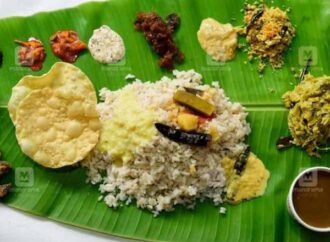
Shops in Kochi Fined for Food Safety Violations0
- Food Safety, Health & Wellness, News
- October 1, 2024
Introduction Kochi: The food safety department booked over 180 establishments in the district for various food safety violations found in a special drive conducted during the Onam season. As many as 185 shops, including eateries, were found committing food safety violations during a drive conducted between Sept 9 and 13 in Ernakulam. Special squads of
READ MORE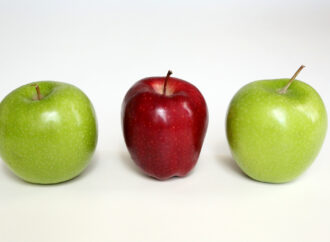
Shiny Apples & Plastic Vegatables? Busting Food Myths That Won’t Die0
- A to Z
- May 16, 2025
Don’t Believe Every Viral Post You See Social media churns out a steady stream of bizarre claims and half-truths about food. In an age where food influences lifestyle choices, these posts often trigger unnecessary fear. Two persistent rumours that still circulate widely are about the wax coating on apples and so-called “plastic vegetables.” Let’s clear
READ MORE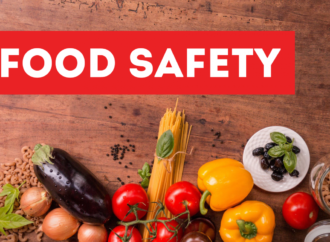
Shimla District Launches Food Safety Campaign on National Highway0
- A to Z, Event, Food Laws, Food Safety, Health & Wellness, News
- December 19, 2024
Report The Shimla district administration has launched a special awareness campaign to promote food safety and hygiene along the National Highway stretch from Shoghi to Narkanda. Running until January 10, the initiative educates shopkeepers, hotel owners, dhaba operators, and street vendors on maintaining food quality and adhering to regulations. Campaign Ensures Food Safety During Tourist
READ MORE
